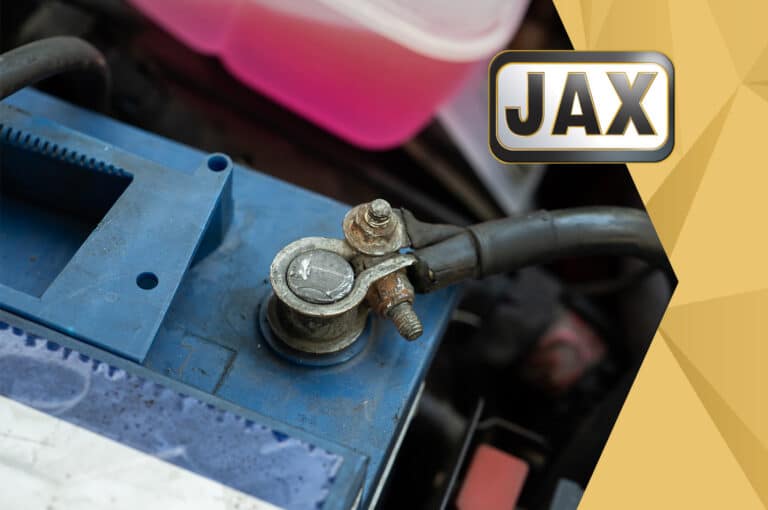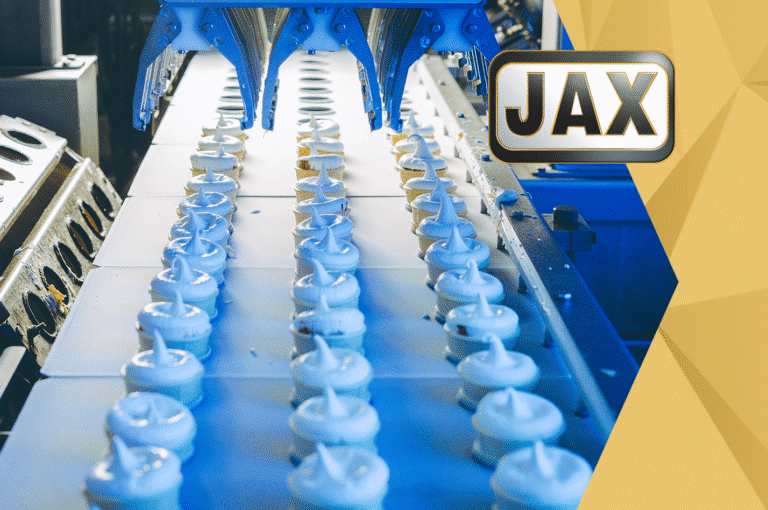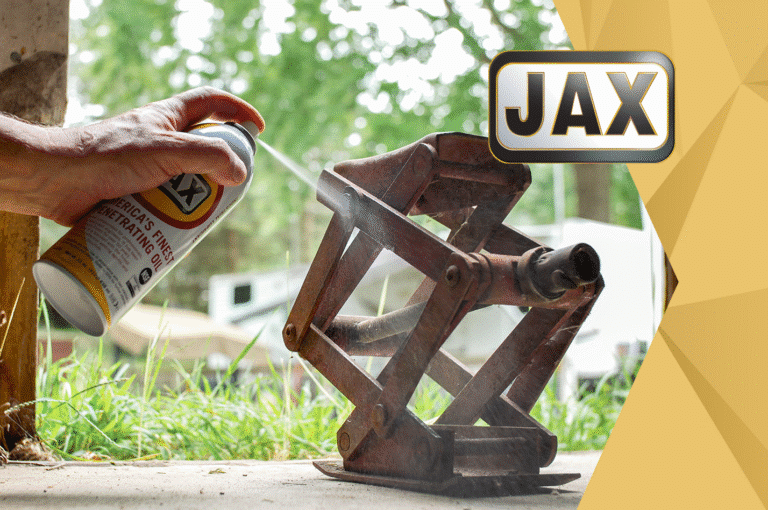Proper grease lubrication for high temperature applications involves several characteristics of the grease. For starters, high temperature greases must have good mechanical stability, avoiding stiffening or softening outside the desired NLGI grade. The high-temperature grease must also have good oxidative resistance to extend its service life. Most importantly, the high-temperature grease should have a high dropping point. It’s important to understand that the dropping point of the grease does not represent the operating high-temperature limit. In this article, we’ll explain more about the dropping point of a grease, a brief description on how dropping point is determined, and why the dropping point should not be considered the maximum operating temperature.
Dropping Point Determination
The dropping point of grease is the temperature at which point the grease thickener can no longer maintain proper consistency and the grease liquifies. The dropping point is determined utilizing ASTM D2265, where a thin layer of grease is applied to the outer walls of a small cup with a hole at the bottom.
As the temperature of the test rises, the grease thickener eventually becomes compromised, and fluid will drip out of the bottom of the cup. The dropping point is recorded as the temperature when the first drip falls from the cup and provides insight to what temperature the grease will hold its structural form.
Dropping Point Fallacy Regarding Operating Temperatures
If you were provided a calcium sulfonate grease with a dropping point of 300°C (572°F) or a lithium complex grease with a dropping point of 260°C (500°F), would you be able to use the grease at those temperatures or just below? The answer is no.
Even just below the dropping point of a grease, the thickener will struggle to provide any mechanical stability, most likely leading to unwanted failures such as leakage within the application. Sometimes, marketing high-temperature claims on greases will unfortunately mirror the typical dropping point of the grease.
There are many factors that influence the operating temperature of a grease, including base oil type, NLGI grade, and dropping point of the thickener. When utilizing dropping point of the thickener as a simple indicator, but not a direct value, of the high-temperature operating limit, please follow the guideline below:
- If the grease has a typical dropping point that is less than 205°C (401°F), subtract 38°C (100°F) from the typical dropping point to calculate the relative high-temperature limit.
- If the grease has a typical dropping point that is higher than 205°C (401°F), subtract 66°C (150°F) from the dropping point.
- It’s also important to note that these guidelines apply to greases with a detectable typical dropping point. Some greases with dispersant thickeners may list no detectable dropping point, such as silica and clay thickeners.
Summary
In conclusion, greases with a higher dropping point will have better stability at higher temperatures of your application, but the dropping point should certainly not be utilized as the high-temperature operating limit of the grease.
If you are unsure whether you are utilizing the correct grease for your high-temperature applications, contact your JAX representative for assistance.









